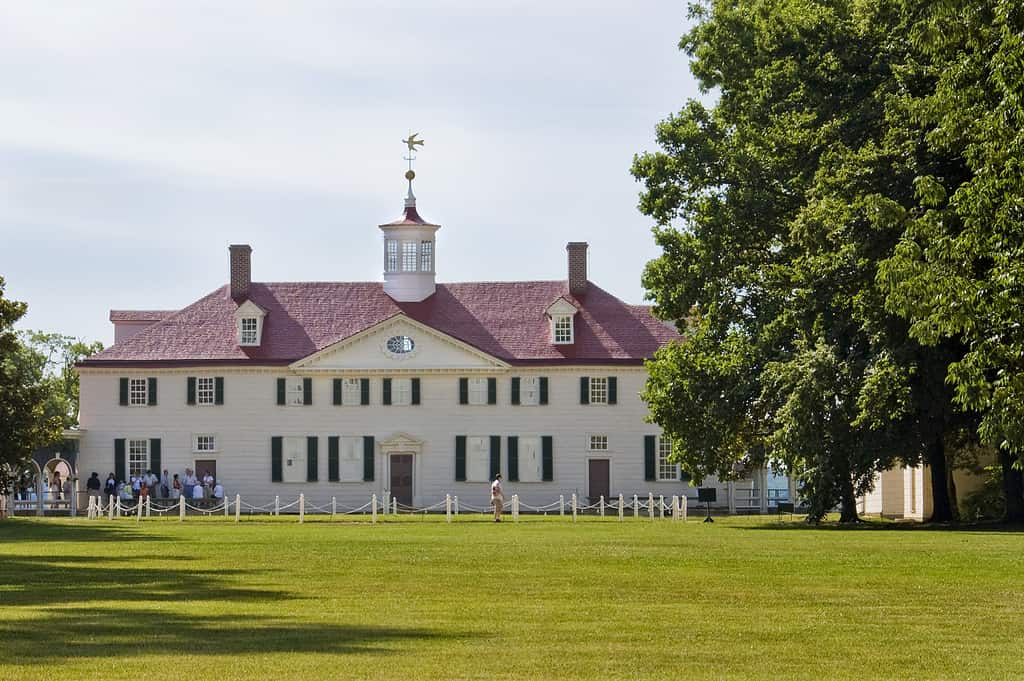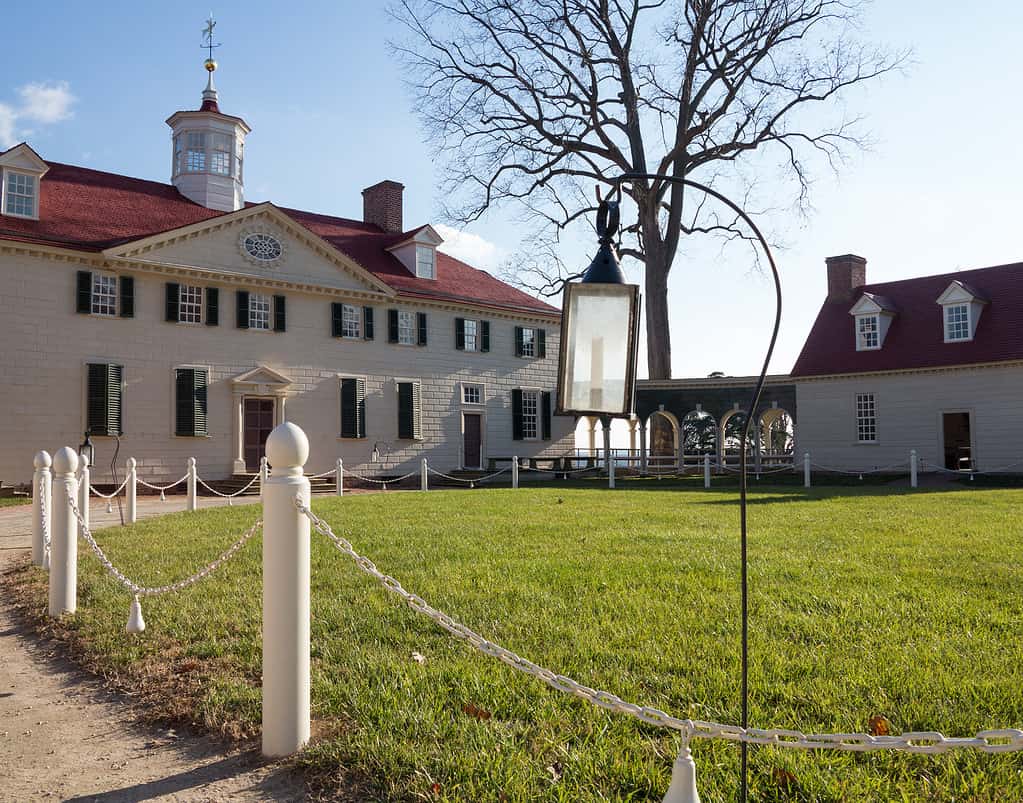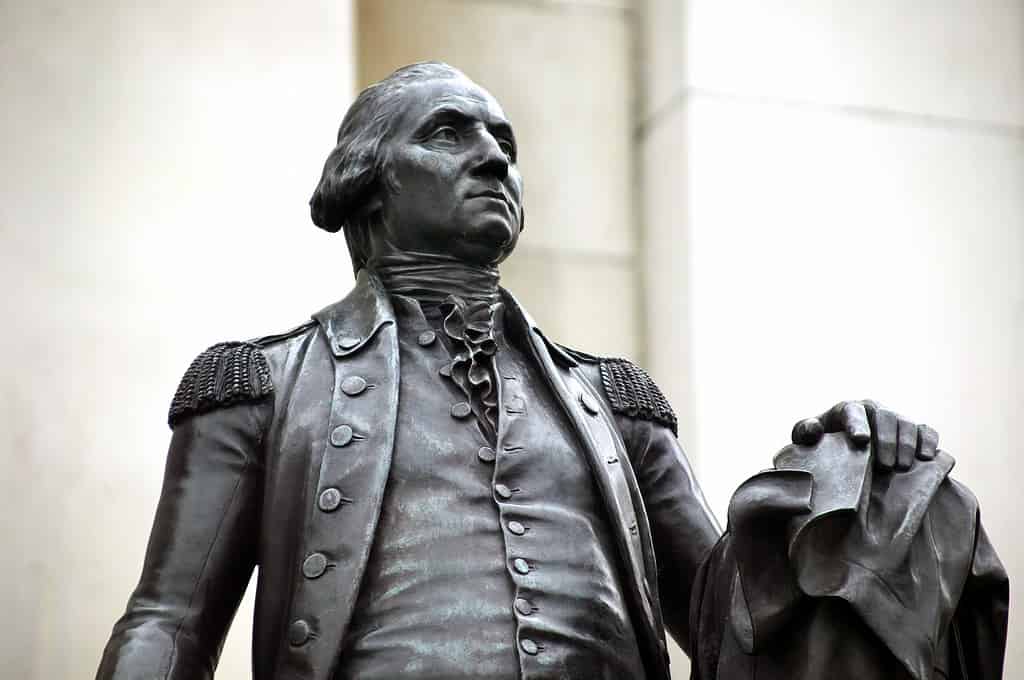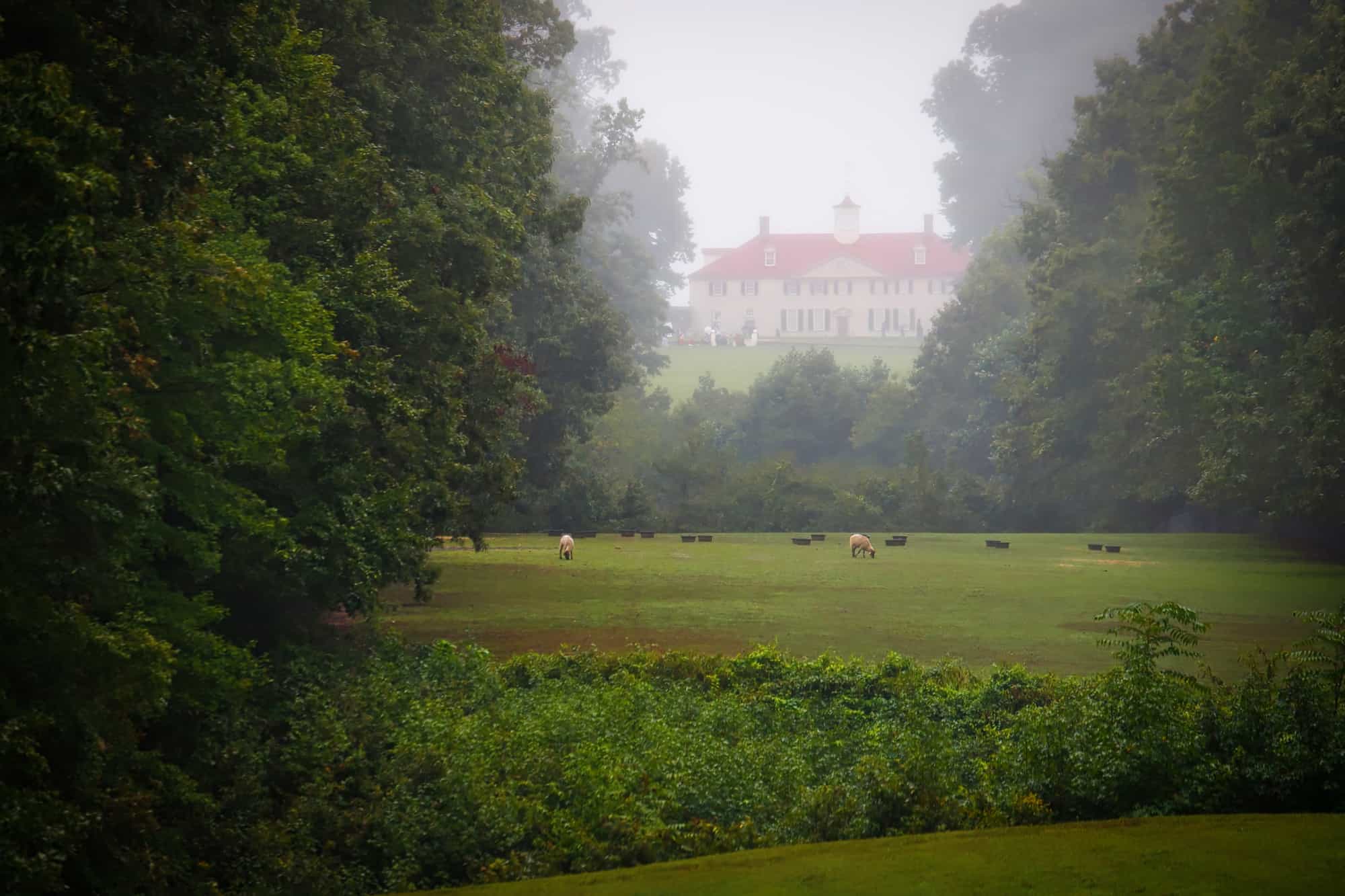Plantations were complexes that included buildings and farmland (more in the cash crops industry though) in the South. They existed roughly from the time the British colonists arrived in the US until the 20th century. Today, plantations have a negative connotation because of their association with slavery. Plantation owners owned hundreds and sometimes even thousands of slaves. The enslaved African Americans were forced to labor in the fields, which made white people very wealthy
Plantations were located all over the South and they typically were 500 to 1,000 acres, however some were much larger. For example, Thomas Jefferson’s plantation Monticello was a whopping 5,000 acres. The largest plantation in Virginia, however, was George Washington’s plantation, Mount Vernon. Today, plantation lands have been sold and the buildings have been either destroyed or converted for other uses.
Some plantations, like Monticello or Mount Vernon, have been designated historic places because of the famous historical people who owned the lands. Let’s take a look at the largest plantation in Virginia — Mount Vernon — which reflected the grandeur of the Founding Fathers.
Where Is Mount Vernon?

Mount Vernon became a National Historic Landmark in 1960 and the upkeep of the plantation is run by Mount Vernon Ladies’ Association.
©Pierdelune/iStock via Getty Images
Mount Vernon used to be the plantation of one of America’s Founding Fathers and first President of the United States, George Washington. Washington was a Virginian and thus, Mount Vernon is located in Virginia. Specifically, Mount Vernon is in Fairfax County and sits on the Potomac River. The plantation is south of Alexandria and Washington D.C. Prince George County, MD is just across the river.
About Mount Vernon
When George Washington owned the plantation and lived there, the estate was a whopping 8,000 acres. But today, the Mount Vernon Ladies’ Association owns only 500 acres of it including the main mansion and 30 other buildings by the Potomac River. As you visit the estate, you can see the main mansion and some of the grounds surrounding it.
Architecture and Interior
The mansion was constructed in 1734 by several architects, Augustine Washington, George Washington’s father, hired. It was built in a Palladian style and is still the same today. Originally it was a one-story house and was expanded several times to what it is now.
The interior of the house has been newly restored to the time when George and Martha Washington lived there. The interior includes two dining rooms, the kitchen, a few bedrooms, George Washington’s study, the front parlor, and the west parlor. The doorways, the doors, hallways, and walls all have Neoclassical-style plasterwork. The interior of the mansion, including the furniture, has been replicated to appear as if they came from the 18th century. The decorations and paintings are also representative of the times of Washington. However, there are also portraits of George and Martha Washington, as well as belongings of the Washington family.
Grounds
The current grounds of Mount Vernon have a garden that has English boxwoods planted by George Washington in 1786. There are also several colonial gardens where vegetables, fruit, and other items were grown for the household. There is also an upper garden, a greenhouse, and a wall that when Washington was alive would separate the working farm from the family’s farm. As you tour the grounds you can also spot a salt house, the gardener’s house, and a spinning room.
Part of the grounds include a lower garden. There are several buildings located on this part of the grounds which include a storehouse, smokehouse, washhouse, coach house, and the clerk’s quarters. Finally, the tombs of George and Martha Washington lie near the fruit garden and the slave burial grounds are nearby, too.
Lastly, as you have finished touring the grounds and the mansion, you can head to the museum where you will get to witness several exhibits on George Washington and his family.
History of Mount Vernon

Mount Vernon used to be 8,000 acres, but now it has been reduced to 500 acres.
©BackyardProduction/iStock via Getty Images
John Washington and a friend, Nicholas Spencer, came into possession of the land where Mount Vernon sits in 1674. Three years later, his son Lawrence Washington inherited the property and gave 5,000 acres to Nicholas Spencer’s heirs. When Lawrence died in 1698, the property was passed on to his daughter Mildred. Mildred then leased the estate to her brother Augustine Washington and a month later, he bought the property for 180 British Pounds. He renamed the estate Little Hunting Creek and built a house. Five years later Augustine decided to move back to Fredericksburg and made his oldest son Lawrence stay on the property to be in charge of the estate’s tobacco plantation.
Lawrence started buying parcels from Nicholas Spencer’s family and the estate grew. In 1740, Lawrence went to fight in the War of Jenkins’ Ear in the Caribbean and when he came back he renamed the estate from Little Hunting Creek to Mount Vernon after the commanding officer he served in during the war, Admiral Edward Vernon.
George Washington’s Plantation

George Washington, who was a military general, was the first President of the United States from 1789 to 1797.
©TonyBaggett/iStock via Getty Images
When Lawrence died in 1752, he left the estate to his wife, Anne, but once she passed away, it was stipulated that his half-brother George Washington would acquire the estate. When she died in 1761, he inherited the entire estate.
Washington did renovations and additions to the house and expanded the estate even more. He also started farming other agricultural products like hemp, corn, cotton, wheat, silk, and flax. Washington also had a whisky distillery, several fishing boats, and bred sheep.
George Washington died on December 14, 1799, and left everything to his wife, Martha. He also made sure the hundreds of slaves he owned were emancipated. On January 1, 1801, they received their freedom.
Wildlife Around Mount Vernon

The Mount Vernon Trail is a bicycle path and walkway in the George Washington Memorial Parkway that goes along the Potomac River and ends in Rosslyn, VA.
©blightylad-infocus/iStock via Getty Images
There is a lot of wildlife along Mount Vernon and the Potomac River. You can spot wild turkeys, bald eagles, and white-tailed deer. Other birds make the region home like the yellow-throated vireo, the wood thrush, and the scarlet tanager. There are also four species of bats around the Potomac, as well as the fascinating flying squirrel.
Mount Vernon Today
Martha Washington died in 1802 and it was in George Washington’s will that the biggest part of his estate would be passed on to his nephew, Bushrod Washington. Bushrod died at Mount Vernon in 1829. The estate was once again passed down, but this time to Bushrod’s son, John Augustine Washington II, and then after he died, John Augustine Washington III. Unfortunately, Washington couldn’t continue the upkeep of the mansion and decided to sell most of the estate to the Mount Vernon Ladies’ Association in 1858.
The Association continued tours of the mansion and grounds and during the Civil War, they remained neutral. Over the years, the mansion and grounds have been renovated to ensure everything is up to code and reconstructed to its original state. A recreation of George Washington’s whisky distillery was built and produces 5,000 gallons of whisky every year. Today, more than 80 million visitors have toured Mount Vernon.
Conclusion
And there you have it, the largest plantation in Virginia was Mount Vernon. It reflected the grandeur of the Founding Fathers and in this case George Washington. Washington is perhaps one of the best-known presidents and figures in American history. His plantation now serves as a way to highlight his legacy — where he lived, the history of the plantation, his presidency, his accomplishments, and the truths about him being a slave owner.
Thank you for reading! Have some feedback for us? Contact the AZ Animals editorial team.








